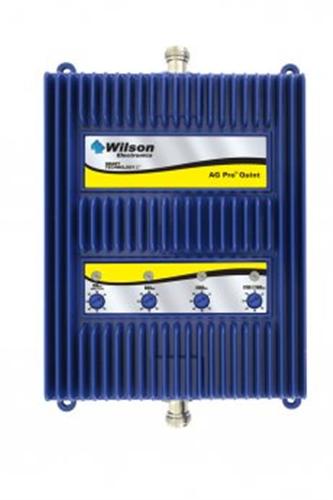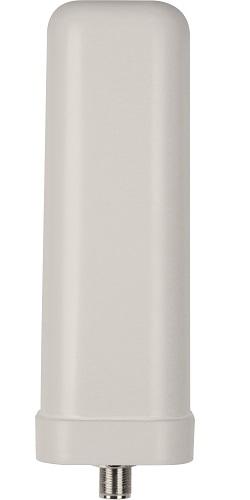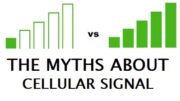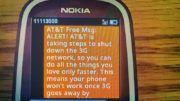So, you’ve bought a cellular signal booster. You’re hoping to get a big improvement in cell signal. Really, there’s no special magic to this. It’s just matter of knowing how to install it properly.
What doesn’t work

Old cell boosters had knobs on them that controlled the gain. Well, sort of. They adjustment knobs let you turn down the power, but didn’t really let you turn it up. Even though you could crank the power, the system would automatically cut it back down if there was some sort of problem. Nearly every cellular signal booster out there has abandoned the adjustment knobs because of that. The only reason to really use them was to try to manually cut boost on a single band. Most of the time that’s totally unnecessary.
What does work

There is one sure-fire way to get the best possible cell service. A cellular signal booster amplifies signals that it gets from outside. The more signal there is to work with, the better the booster will work. The key is to get the most signal possible.
Choosing the right antenna
In almost every case, you want to choose a cellular signal booster with an omnidirectional antenna, unless you are sure where the cell towers are. There are apps you can use to figure out where the closest tower is, but if you aren’t a pro and you don’t have a pro-level signal meter, it’s better to use an omni antenna. You won’t get quite as much signal, but you will have the opportunity to work with multiple cell towers. If you’re really rural there may be only one cell tower but in most suburbs and cities, you’re surrounded by them. Different services use different towers too, so it’s really easiest if you choose an antenna that reaches every tower all around you.
What’s the “real” problem?
Most of the time you have great cell signal outside. Even if it’s not great, it’s going to be passable. If you have even one bar when standing outside your house at ground level, that’s going to let you make calls and use data pretty well. The bar indicators don’t mean anything really anyway.
Most of the time, it’s the materials in your house that are causing the problem. Bricks, stucco, roofing material and even paint can be causing the signal to get bounced back.
You might think that windows help with cell signal but you’d be wrong. In fact, energy-efficient windows block cell signals better than almost any other material. This can be a problem because you naturally are going to stand by a window to try to get better cell signal.
The wiring in your home is going to confuse cell signals too so that’s going to make things even worse if you’re somewhere in the center of the home. I don’t know why homes aren’t made to be more cell-friendly, but I have to say that most homes are about as cell-unfriendly as they can possibly be.
The goal: get that antenna up high.
The best thing you can do is to mount that antenna up high. Get it past the trees on your property and past your neighbor’s roof. I recommend that the outdoor antenna be 15 feet higher than the indoor antenna. That’s how you’ll get the maximum power out of your cell booster.
When you are ready for a cell booster or if you need support, contact Solid Signal at 888-233-7563.





